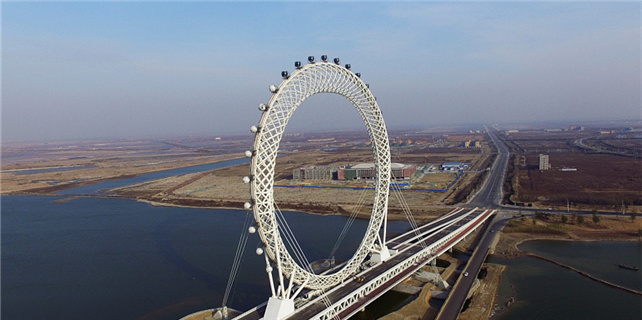Chinese demand keeps Chile's cherry sector booming
SANTIAGO — Growing and substantial demand from China is sustaining Chile's cherry production, according to Hernan Garces, the president of Agricola Garces, the largest cherry producer and exporter in the country.
"We have to make sure we produce the best tasting and highest quality fruit, because that is what the Chinese market wants. Chile's cherry market is sustained by the Chinese market and it's the most important market for us," said Garces.
As much as 80 percent to 85 percent of the country's cherry output is shipped to China, Garces told Xinhua in a recent interview.
His company maintains an office in Shanghai to be close to its top clients.
"We get a lot of business through e-commerce, which has seen large growth (but) we also supply small stores in cities," he said.
Because Chinese consumers customarily gift cherries as presents, they care about both the taste and appearance of the fruit, he noted.
"In China, they want a cherry that tastes good, that's sweet and that's firm," with a deep red color that ranges "between mahogany and dark," and that measures from 28 to 30 millimeters, he said.
The first shipment of the season was loaded this week, and is expected to arrive in China in 22 days. The Chinese New Year will see weekly shipments of the fruit, though riper cherries that wouldn't withstand the sailing period will be shipped by air.
Agricola Garces expects this year's output to reach 30,000 metric tons, thanks to prime weather conditions over the winter and spring.
In general, "cherries are very difficult to produce and the volume varies from year to year," said Garces.
The family enterprise, which is betting on an expanding Chinese market, was established in 1965, employs some 1,200 people and does about $160 million a year in business.
The company's modern processing plant in Mostazal in central Cachapoal province is equipped with sensors to measure firmness, scanners to detect and remove damaged fruit, and machines that classify the different types of cherries so they can be packaged for their final destination.









